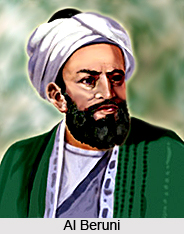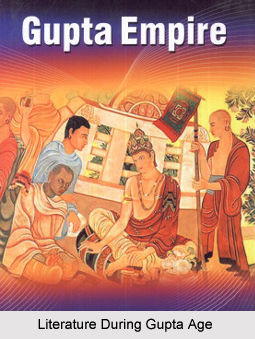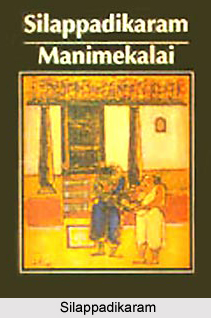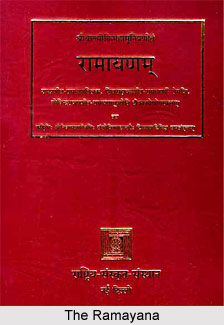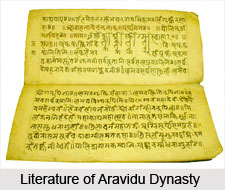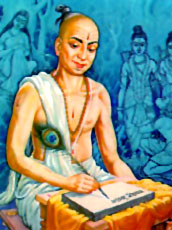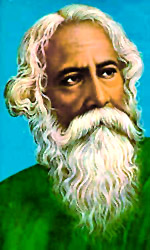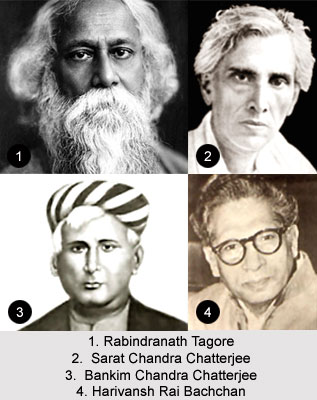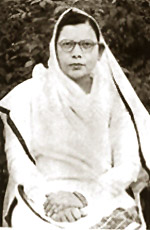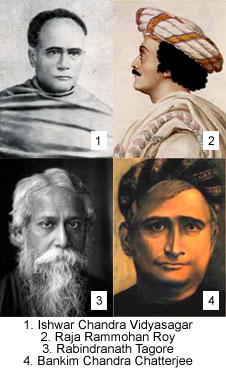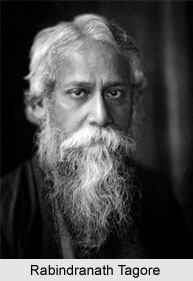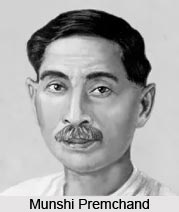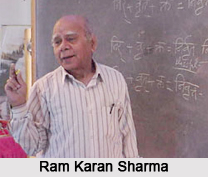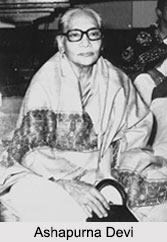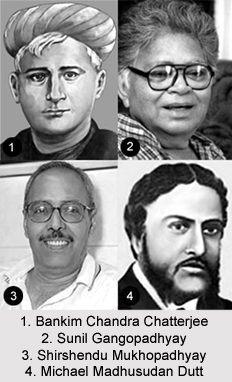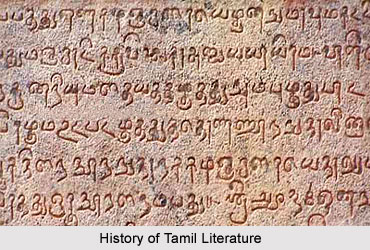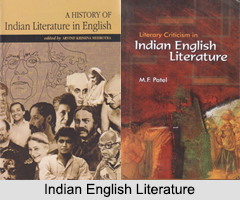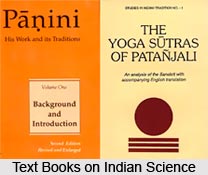 Sanskrit Scientific Literature is quite extensive and elaborate on diverse subject matter. Evidence proves that Indian had made progress in the fields of scientific and technical knowledge. The contribution of ancient India was not negligible. The iron pillar of Delhi 4th century and two other pillars found in Dhar and Mount Abu are good examples. In the Rig Veda and Vajasaneyi Samhita references have been made to mechanical devices or yantras.
Sanskrit Scientific Literature is quite extensive and elaborate on diverse subject matter. Evidence proves that Indian had made progress in the fields of scientific and technical knowledge. The contribution of ancient India was not negligible. The iron pillar of Delhi 4th century and two other pillars found in Dhar and Mount Abu are good examples. In the Rig Veda and Vajasaneyi Samhita references have been made to mechanical devices or yantras.
In India literature of alchemy survives in the forms of Kakacandesvari-mata Tantra and Svarna Tantra mentioned by Alberuni. Earliest available work is perhaps Rasa-ratnakara that was composed in 7th or 8th century A.D.
Ancient writers include Patanjali, Vyadi, Vasudeva, Charaka, Susruta and Harita amongst others. The earliest work Rasaratnakara is attributed to Nagarjuna who belongs to the 8th century a.d. Rasendra-chudamani is a literary work onmedicine compose by Somadeva 12 or the 13th century A.D. and Rasa-kaumudi by Madhava 15th century amongst others.
Medicine is divided into eight main branches - satya-tantra or major surgery, salakya-tantra or minor surgery, kaya-cikitsa or therapeutics, bhuta-vidya or demonology, kaumara-bhrtya or pediatrics, aganda-tantra or toxicology, rasayana or elixirs and vaji-karana or aphrodisiacs. Subjects like Anatomy, embryology and hygiene were known from Vedic times.
Charaka Samhita is the earliest extant work on medicine by Charaka in the 1st century A.D. The book deals with anatomy, embryology, dietetics, pathology and many other topics. Sushruta is another masterpiece. Vagbhata is another writer who wrote on medicine. His work covers all the eight sections of Ayurveda.
Human anatomy is referred to in the Atharvaveda and Satapatha Brahmana. Pathology - The earliest work in the field of Pathology is Rugviniscaya by Madhavakara in 7th century. In Paediatrics the well-known work is Kumara Tantra that has been ascribed to Ravana. The Science of the Pulse has been treated as a separate discipline in Nadi-vijnama by Kanada and a work Nadipariksa credited to Ravana. The Indian Puranas associate the names of Salihotra, Nakula and Palakapya as far as works on Veterinary Science are concerned. Literary compositions, such as, Ratna Shastra by Agastya and Ratna-pariksa by Buddhabhatta deal on gems.Vedanga Jyotisa and Atharvana Jyotisa related to the Atharva Veda emphasize on Astrology.
The science of Physiognomy and palmistry are dealt in the Vishnudharmottara, the Agni Purana and a number of other Puranas as well as in the Brihat Samhita has been dealt with. In the Bhavisyottara Purana also there is a chapter on palmistry.

